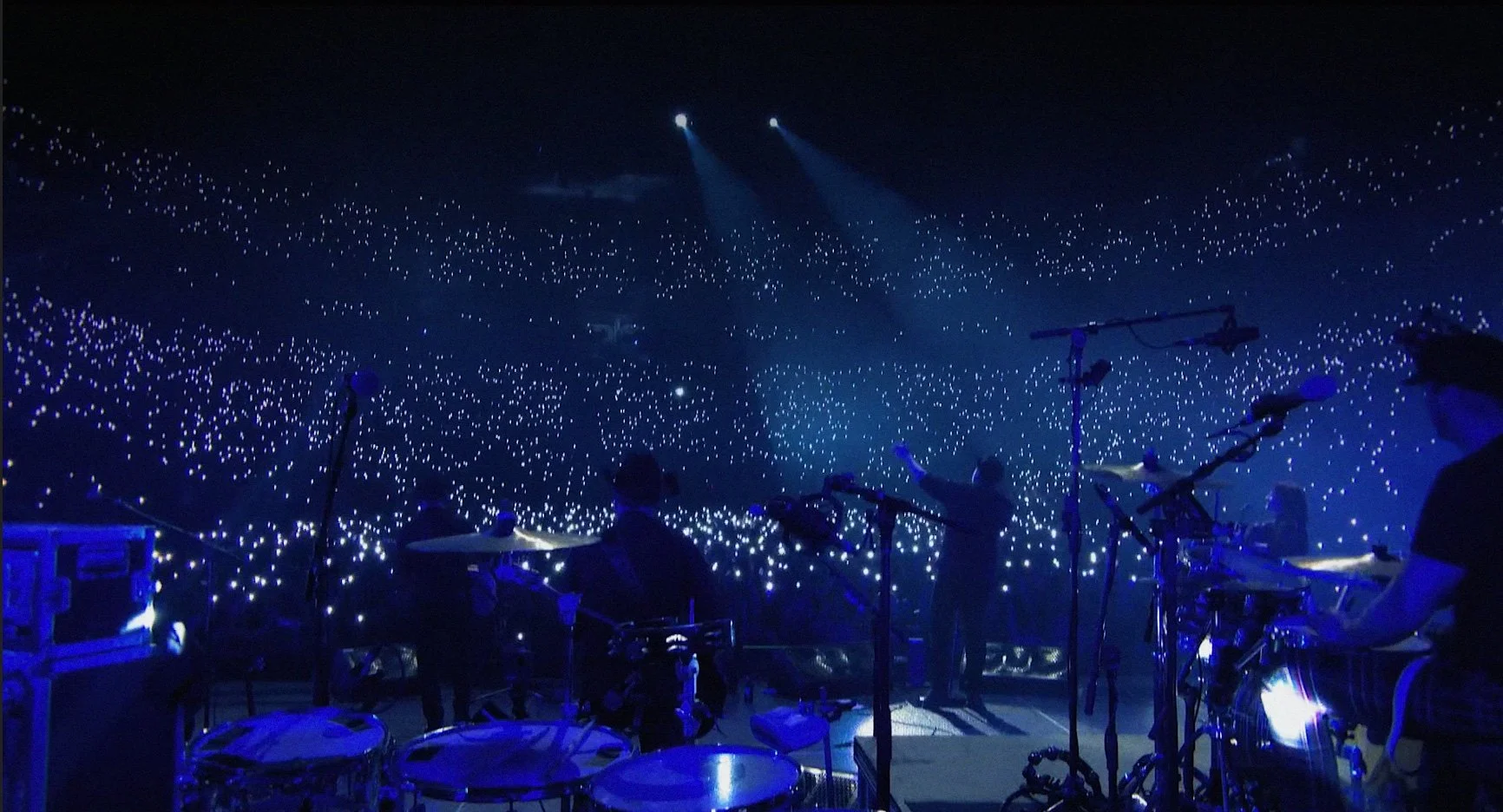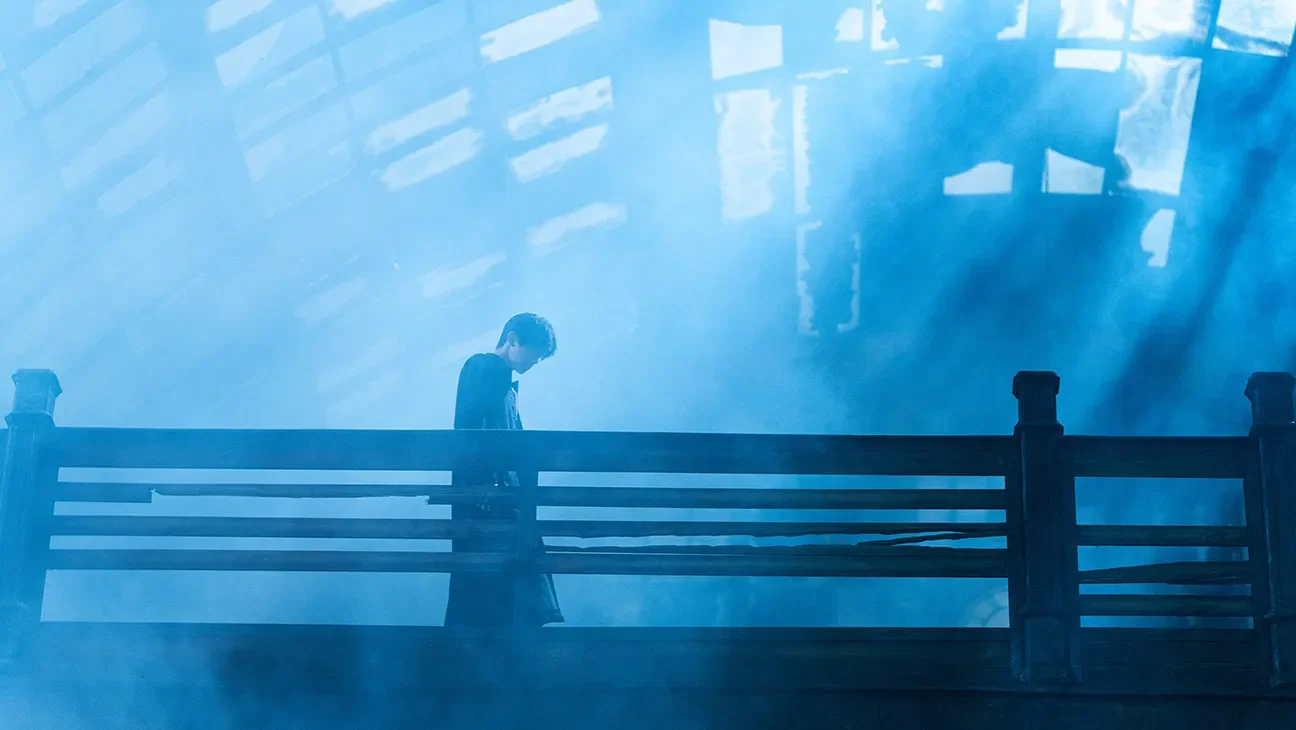Tzoulahem filmmakers revisit a larger-than-life Cowichan legend from multiple angles
Harold Joe helps bring to life a figure who’s fascinated him since his grandmother told him stories about the warrior
Harold Joe re-enacts stories from Cowichan legend in Tzouhalem.
VIFF screens Tzoulahem March 12 to 19 at the VIFF Centre, with a Q&A session following the March 12 screening with filmmakers Leslie Bland and Harold Joe. They also host a Q&A earlier the same day at the Rio Theatre screening at 1 pm.
BEFORE HAROLD JOE connected with fellow filmmaker Leslie Bland to make a documentary about legendary Salish figure Chief Tzouhalem, he had to go ask someone for permission first.
And so the Cowichan First Nation member hiked up the side of Mt. Tzoulahem, just east of Duncan on Vancouver Island. There, the larger-than-life warrior it’s named after was said to have lived out his final years in a cave after banishment by his own people.
It was a place where Joe had gone many times growing up, and—as the good-humoured film subject attests in the entertaining and educational new documentary—he may just have had a hand as a teenager in knocking over the prominent cross the Catholic Church decided to erect in the same spot.
“I’d go spend time at that monument a lot; I used to just go there and sit with him and just be with him,” Joe tells Stir on a video call with his codirector. “So I had to go back. It was personal: I wanted to ask him and tell him we were going to be doing this story around him, so it was me, like, getting permission from him to go ahead and do this film.”
Joe had been fascinated by Tzouhalem since childhood, when his grandmother would tell him many of the stories that find their way into the film—complete with re-enactments, in which Joe himself dons an animal skin and raises a sword to play the character.
Tzouhalem is both a mythological figure and a real historical figure in colonial history, one who served as chief and famously attacked Fort Victoria. According to the film, he led his people at a time, in the mid 1800s, when smallpox was ravaging the Island’s Indigenous population and leaving them open to attacks by tribes from the north. But the oral traditions of the Cowichan, or Quw’utsun, people—who spell his name Ts’uwxilum in their Halkomelem language—also endow Tzouhalem with supernatural powers. As the film documents in still awe-filled accounts from elders on the Island—sometimes by a crackling outdoor fire—he’s been portrayed throughout oral history as everything from a deformed monster to a Herculean-strength hero-warrior.
Amid the chronology most elders agree on: Tzouhalem was born during a raging storm; his village at Kwa’mut’sun was raided and his mother and baby brother killed while he and his grandmother were out picking berries; and his grandma trained him as a warrior, raising him to take revenge. History proves that he would go on to successfully lead battles fighting off northern invaders, then to assume command of the Indigenous attack on Fort Victoria in 1844. His banishment came after tribespeople got tired of his tyrannical, and possibly murderous behaviour. He also has a reputation as being quite the ladies’ man: word has it he took 14 wives with him to that cave.
“Hearing the stories—it was instilled in you,” recalls Joe, a respected Cowichan cultural worker, archeological consultant, documentary filmmaker, and producer. “It was like ink: it just stayed with you. I found him fascinating as a guy and as a chief and war leader.”
Bland was working with Joe on a different film project when Joe passed on the legend to him. And Bland, trained in theatre, immediately saw the story’s potential for a film.
“When he told me the broad strokes of Tzouhalem’s life I said, ‘Wow, he's almost like a Richard III….He was physically deformed and the whole bit,” Bland says. He adds another parallel is that the Shakespearean story of Richard III painted the leader as a villain, when subsequent historical research has proved the opposite.
Together with Joe, he started gathering interviews with a wide range of elders and academics to piece together the varying stories.
“It's complex, and it’s an opportunity to help Harold tell the story about this man in a nuanced telling, where there’s many layers to this person—just like with any warrior or big general from history we have,” Bland adds.
For British Columbians, the documentary will open up a colourful chapter of local history—one with all the drama and entertainment value of Greek mythology, but rooted much closer to home.
And for Joe, seeing Tzouhalem’s stories come to the big screen is a longtime dream finally becoming reality. “To take our oral storytelling and take it to a new era, like sitting around the fire with cameras, is something new,” he says. “There's been other, white production companies coming into our community, but they don't have that key to go deep and delve deep into stories with the old people.”
“What gives the film something unique and something that makes it feel integrated is the fact you have a community telling its own story,” adds Bland. “And most of the re-enactments are done by actors from the Cowichan First Nation—including Harold playing Tzouhalem.”
For his part, Joe, like his Cowichan castmates, takes obvious pride in playing the badass Pacific Northwest warrior he grew up fascinated by as a kid. (Check out his fierce portrayal in the trailer below, where he’s almost unrecognizable in the part.)
“When we’re down in the studio and I'm getting on the skin and grabbing the weapons, I’m like, ‘Oh shit!’” Joe says with a laugh. “For me as a First Nations guy, to portray this guy… I just threw everything out there and went to a place where I could be there at that moment in that time.”













